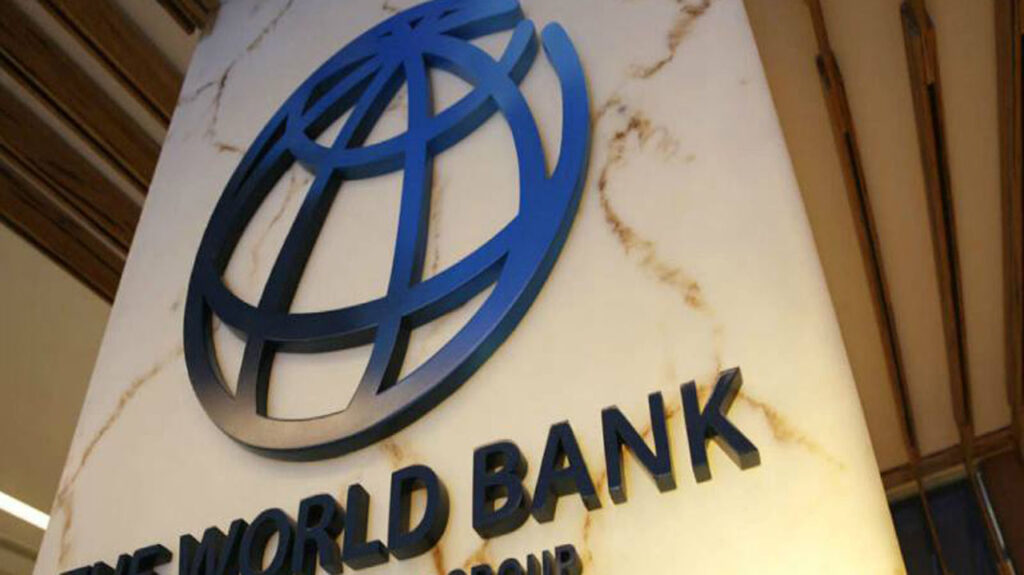 The decision by the United Nations World Food Programme (WFP) to slash population of its proposed emergency food and nutrition assistance operation in the Sahel due to funding crunch may have exposed 5.4 million West Africans to imminent starvation.
The decision by the United Nations World Food Programme (WFP) to slash population of its proposed emergency food and nutrition assistance operation in the Sahel due to funding crunch may have exposed 5.4 million West Africans to imminent starvation.
The development, therefore, means that the global agency would now only assist 6.2 million out of the 11.6 million women, men and children originally targeted for succour, thus leaving millions stranded without aid, as the lean season sets in and hunger begins to peak.
A statement yesterday by the humanitarian organisation indicated that Mali and Chad would be worst hit.
WFP had intended assisting 19.2 million needy people grappling with combined effects of conflict, climate crisis and soaring prices of food and fuel in Burkina Faso, Chad, Central African Republic, Cameroun, Mali, Mauritania, Niger and Nigeria between June and September.
Regrettably, funding constraints have forced the organisation to limit assistance to just 6.2 million of the most vulnerable people, with a focus on refugees, newly displaced persons, malnourished children under age five, pregnant women and breastfeeding mothers.
Regional Director ad interim for Western Africa, Margot Van der Velden, lamented: “We’re in a tragic situation. During this year’s lean season, millions of families will lack sufficient food reserves to sustain them until the next harvests in September, and many will receive little to no assistance to tide them through the gruelling months ahead. We must take immediate action to prevent a massive slide into catastrophic hunger.”
She added: “We need a twin-track approach to stop hunger in the Sahel. We must address acute hunger through humanitarian assistance, while tackling the structural causes of food insecurity, by increasing investments in resilient food systems and expanding government social protection programmes.”
Food insecurity has reached a 10-year high in West and Central Africa, affecting 47.2 million people during the June to August lean season, including 45,000 people in Burkina Faso and Mali that are contending with catastrophic hunger, according to March Cadre Harmonisé analysis.
Malnutrition rates have also surged, with 16.5 million children under age five set to be acutely malnourished this year – an 83 per cent rise from the 2015 to 2022 average.
Conflict remains a key driver of hunger in the region, leading to forced displacements that have emptied entire villages and limit communities’ access to land for farming.
Clash is also spreading across the region and into coastal countries, risking a spread of instability into new and previously stable areas. In just six months, the number of people fleeing violence in Central Sahel and seeking refuge in four Gulf of Guinea nations has nearly quadrupled, growing from 30,000 in January to 110,000 people last month.
This year, climate risk insurance payouts from the African Risk Capacity (ARC), totalling $15.4 million, enabled WFP to provide cash transfers to 490,000 persons in Burkina Faso, The Gambia and Mali impacted by drought in 2022.
The response allowed farmers to recover from the adverse impacts, as they were able to meet their basic needs together with purchasing food for their families and providing seeds for the next planting season.
The agency’s integrated resilience programme in the region focuses on participatory watershed planning, land recovery and rehabilitation in addition to support for smallholder farmers, with links to school meals and nutrition activities.
The scheme has shown promising results, with participating households demonstrating increased capacities to withstand shocks and cope better during lean seasons.
In Niger, for example, 80 per cent of villages that received WFP’s resilience support did not require humanitarian assistance last year. The success meant that about half a million people did not need humanitarian aid due to the long-term investments in resilience strengthening.













